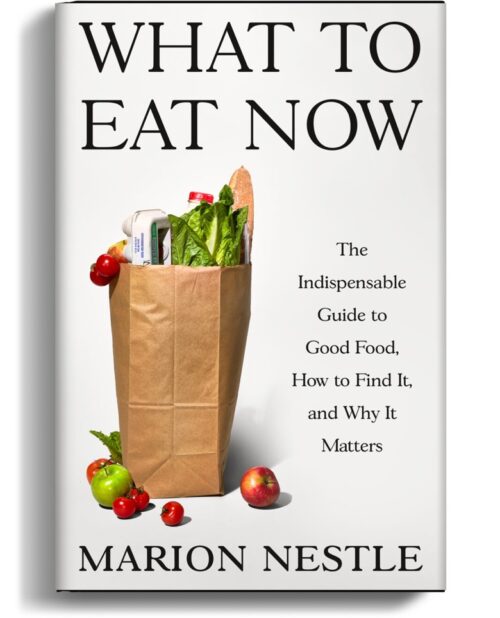GAO: FDA must do better on produce safety and food labeling
For decades, the Government Accountability Office (GAO) has been pressing the FDA to do a better job of regulating the food supply. These days, the GAO is dealing with produce safety. It worries that the FDA has no formal program in place to protect the safety of fresh produce when it is so obvious that such a program is needed. The GAO also scolds the FDA for not keeping up with monitoring of food labels. The FDA has too much to do and not enough resources. But, says GAO, the FDA would do better if it took this watchdog agency’s advice–but it doesn’t. Why not? The GAO doesn’t say so, but it’s politics, of course. The food industry is ever vigilant against regulation. This stance goes against the food industry’s best interest, in my view. Yours?


